What Is an NFT (Non-Fungible Token)?
Non-fungible tokens (NFTs) are blockchain-based cryptographic assets having unique identifying codes and information that separate them from one another. They cannot be traded or swapped for equivalent, unlike cryptocurrencies. This is in contrast to fungible tokens, such as cryptocurrencies, which are identical to one another and hence may be used as a means of exchange.
Each NFT’s unique structure allows for a variety of applications. They’re a great way to digitally represent actual things like real estate and artwork, for example. NFTs can also be used to eliminate intermediaries and link artists with audiences or for identity management because they are based on blockchains. NFTs may eliminate middlemen, streamline transactions, and open up new markets.
Collectibles, such as digital artwork, sports cards, and rarities, account up a large portion of the present market for NFTs. NBA Top Shot, a location to gather non-fungible tokenized NBA moments in digital card form, is perhaps the most touted space. Some of these cards have fetched millions of dollars at auctions. 3 Twitter CEO Jack Dorsey (TWTR) recently posted a link to a tokenized version of the initial tweet, in which he wrote: “just setting up my twttr.” The first-ever tweet in NFT format sold for more than $2.9 million.
Cryptocurrencies, like actual money, are fungible, which means they may be sold or swapped for one another. One bitcoin, for example, is always worth the same as another bitcoin. A single unit of ether is always equivalent to another unit of ether. Cryptocurrencies are suited as a safe means of transaction in the digital economy because of their fungibility.
NFTs change the crypto paradigm by making each token one-of-a-kind and irreplaceable, making it impossible to compare two non-fungible tokens. They are digital representations of assets that have been compared to digital passports since each token has its own unique, non-transferable identity that allows it to be distinguished from others. They’re also extendable, which means you can “breed” a third, unique NFT by combining two NFTs.
NFTs, like Bitcoin, provide ownership data that make it straightforward to identify and transfer tokens between holders. In NFTs, owners may additionally add information or attributes related to the asset. Fair trade tokens, for example, can be used to represent coffee beans. Artists can also sign their digital artwork in the metadata with their own signature.
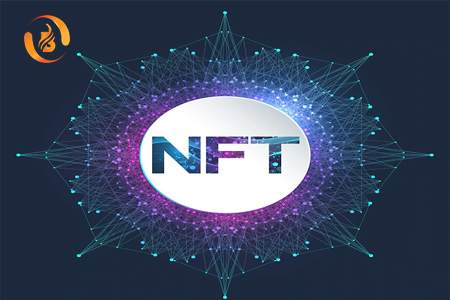
The ERC-721 standard gave birth to NFTs. ERC-721 provides the basic interface—ownership information, security, and metadata—required for the exchange and distribution of gaming tokens. It was created by some of the same people that created the ERC-20 smart contract. The ERC-1155 standard expands on this notion by lowering transaction and storage costs for non-fungible tokens and combining different types of non-fungible tokens into a single contract.
Cryptokitties is maybe the most well-known use of NFTs. Cryptokitties, which were first introduced in November 2017, are digital representations of cats that have unique identifiers on the Ethereum blockchain. Each kitten is one-of-a-kind and has a monetary value in ether. They breed amongst themselves, producing new offspring with distinct characteristics and values than their parents.
Cryptokitties attracted a fan base that paid $20 million in ether to buy, feed, and care for them just a few weeks after its inception. Some devotees spent upwards of $100,000 on the project. 7 The Bored Ape Yacht Club has lately attracted controversy due to its exorbitant rates, celebrity clientele, and high-profile thefts of some of its 10,000 NFTs.
While the cryptokitties and Bored Ape Yacht Club use cases may appear to be insignificant, some have far more important commercial ramifications. NFTs have been utilised in private equity and real estate transactions, for example. 10 The possibility to offer escrow for various sorts of NFTs—from artwork to real estate—into a single financial transaction is one of the ramifications of allowing numerous types of tokens in a contract.
Visit us on: www.biovustechnologies.com

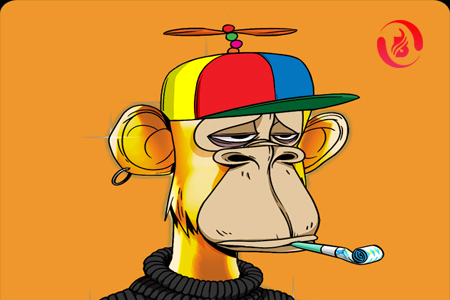

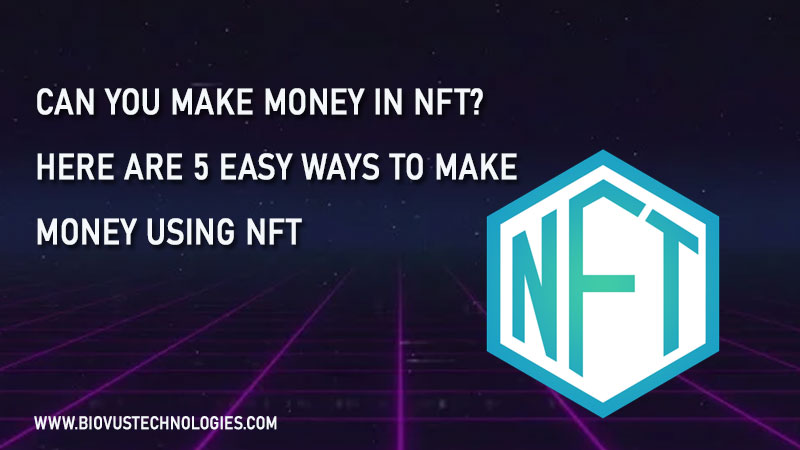
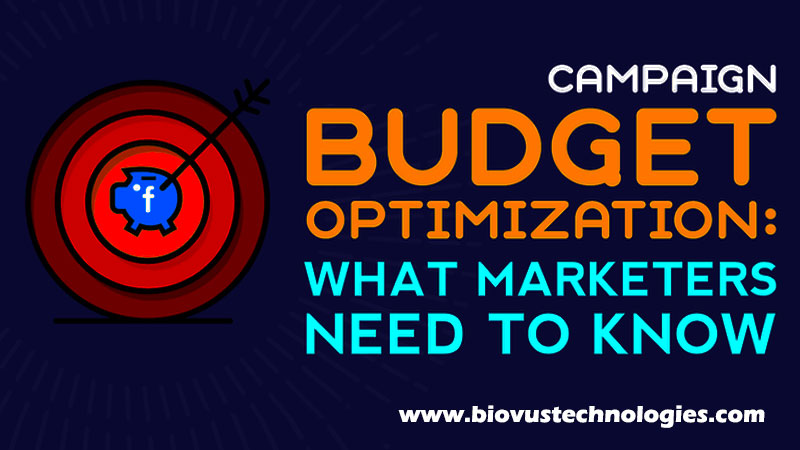

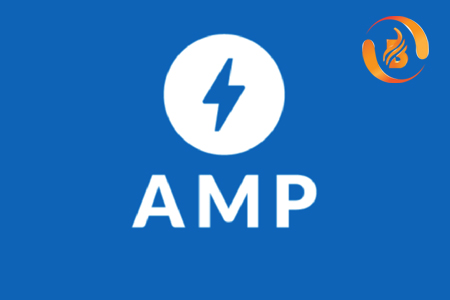
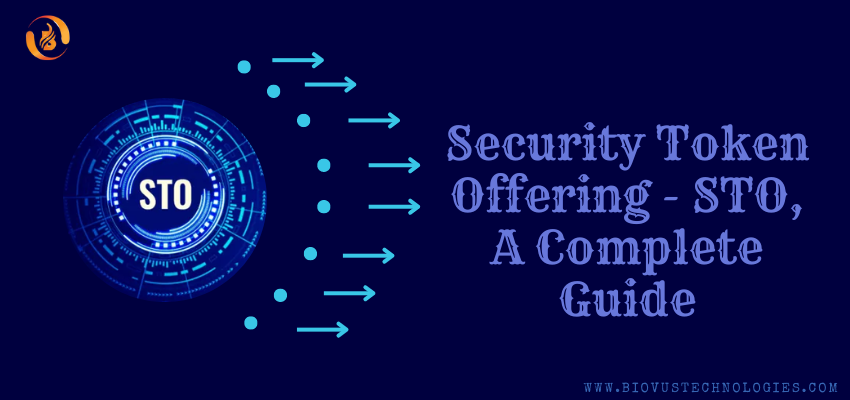
Comments on “NFTs: What You Should Know”